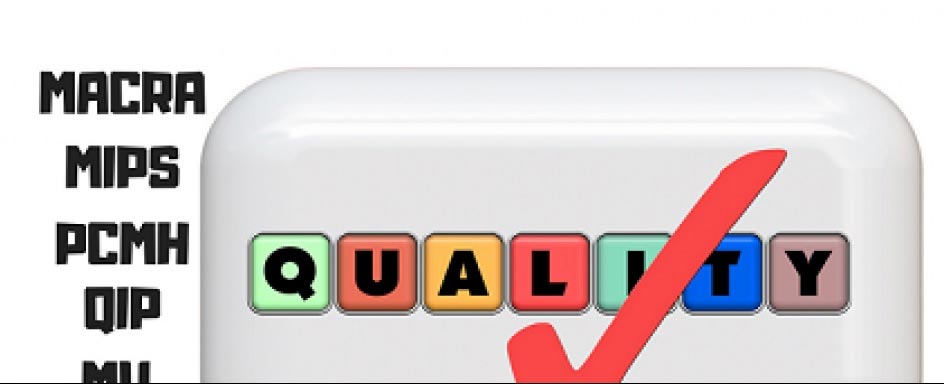JUDGING THE QUALITY OF QUALITY MEASURES
By the end of 2018, the Centers for Medicare and Medicaid Services (CMS) intends to tie 90% of payments to Medicare fee-for-service clinicians to their performance on quality measures. The Merit-Based Incentive Payment System (MIPS) consists of 271 such measures which were designed to provide an objective yardstick to identify and financially reward those physicians who provide the highest quality care to their patients. To ensure that they are able to participate in these incentive programs, which can result in Learn More “JUDGING THE QUALITY OF QUALITY MEASURES”



